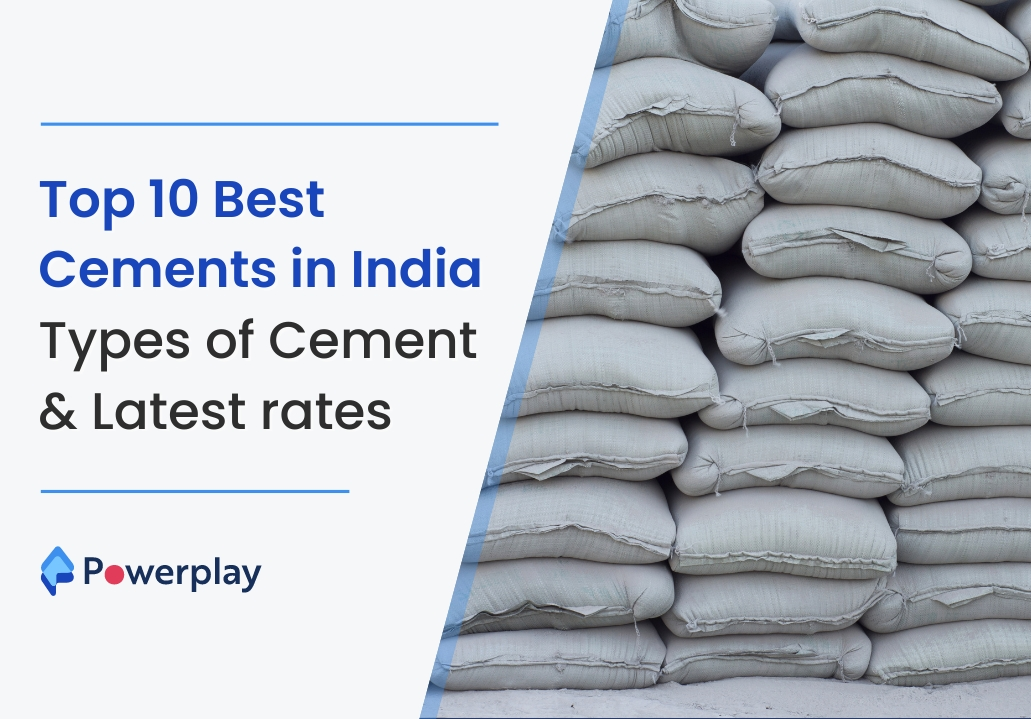Construction process of rigid pavements
-
Kumar Abhishek Anand
- October 23, 2023
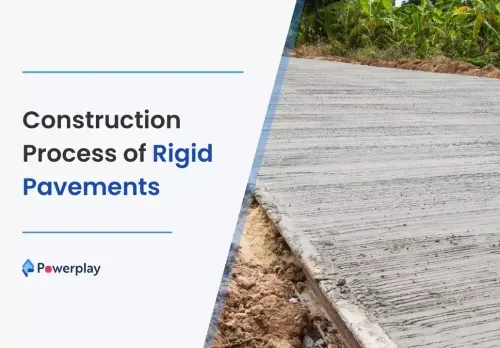
Construction process of rigid pavements
Concrete roads, also known as Rigid Pavements are the most preferred choice for engineers in terms of the life of the roads because of their superior quality and strength. The average life of concrete roads built properly as per codal provisions is more than 25 years. Concrete roads are able to withstand high traffic volume and heavy traffic loads because of their flexural strength. It provides one of the best quality roads for transportation. Although the overall cost of constructing and maintaining concrete roads over its design life is quite economical, it requires a high initial cost. All stages of constructing concrete roads demand the highest level of quality control to achieve design strength.

Concrete roads in India are built as per provisions in IRC codes that are –
1. IRC:15 -2002 – “Standard Specifications and Code of Practice for Construction of Concrete Roads”
2. IRC: 61-1976 – “Guidelines for construction of concrete pavements in hot weather”
3. IRC: 91-1985 – “Guidelines for construction of concrete pavements in cold weather”
The steps followed in the construction of cement concrete roads are :
01 – Preparation of Subgrade – The subgrade is firstly cleaned properly of any trees or root extensions. It is then shaped, leveled and prepared according to the design camber and gradient. It should be compacted properly and any weak spots must be eliminated. The entire prepared soil for subgrade should have uniform strength. In case there is no provision for the inclusion of a base layer, the subgrade should be watered for 6 -20hrs before placing concrete to avoid water seepage from the concrete mix into the subgrade.

02 – Need for Sub base – Sub base is provided below the concrete layer to provide a firm base as prescribed for the concrete layer if the subgrade is not up to the mark. The construction cost is reduced when subbases are provided as it reduces the design thickness and thereby the construction cost. Generally, materials used for sub-base are factory aggregates, granular fill, crushed rock, recycled concrete, crushed brick,
03 – Placing of forms – Forms are fixed to the ground and properly supported. It can be made out of timber or mild steel channel sections of depth equal to the design depth of the concrete slab pavement. While fixing the forms it should be firm enough to support the concrete pour and should be checked for line and grading. It should be prepared much in advance before placing the concrete mix and should be oiled properly from the inside.

04 – Watering – After putting the formwork in place, the base or subgrade should be wet with water before placing the concrete. It should ideally be done at least 12 hours in advance of placing concrete and water should not be allowed to stand on the surface. Watering can be skipped if the surface is covered with an insulating layer of waterproof paper.
05 – Batching and Mixing of Materials – The proportioned ingredients of the materials are properly weighed in weight- batching plant and fed into the hopper along with appropriate cement quantity. Mixing of materials in proportion is done in the dry state and generally done in a concrete mixer. The water is added at last as per the water cement ratio
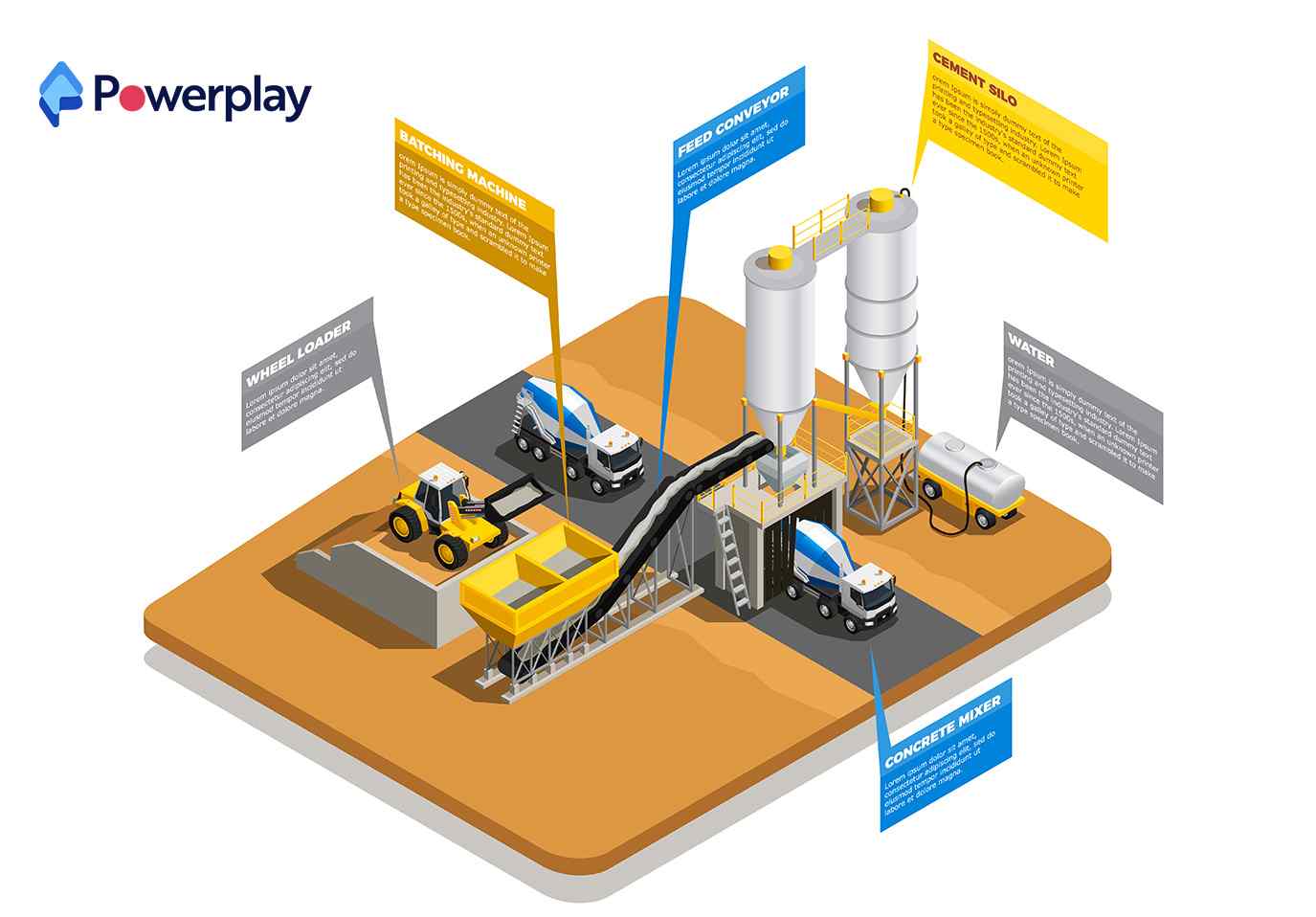
06 – Transporting and Placing of concrete – At this stage, the concrete is transported with the help of manually carried pans or wheelbarrows on site. The concrete mix must be rapidly deposited on the surface in layers measuring not more than 50mm- 80mm or 2-3 times of the aggregate size – whichever is greater. The entire bay must be filled thoroughly in successive batches as a continuous operation. The topmost layer should be laid to the prescribed camber, gradient and provided with an excess depth of 10mm than the actual profile to allow tamping.
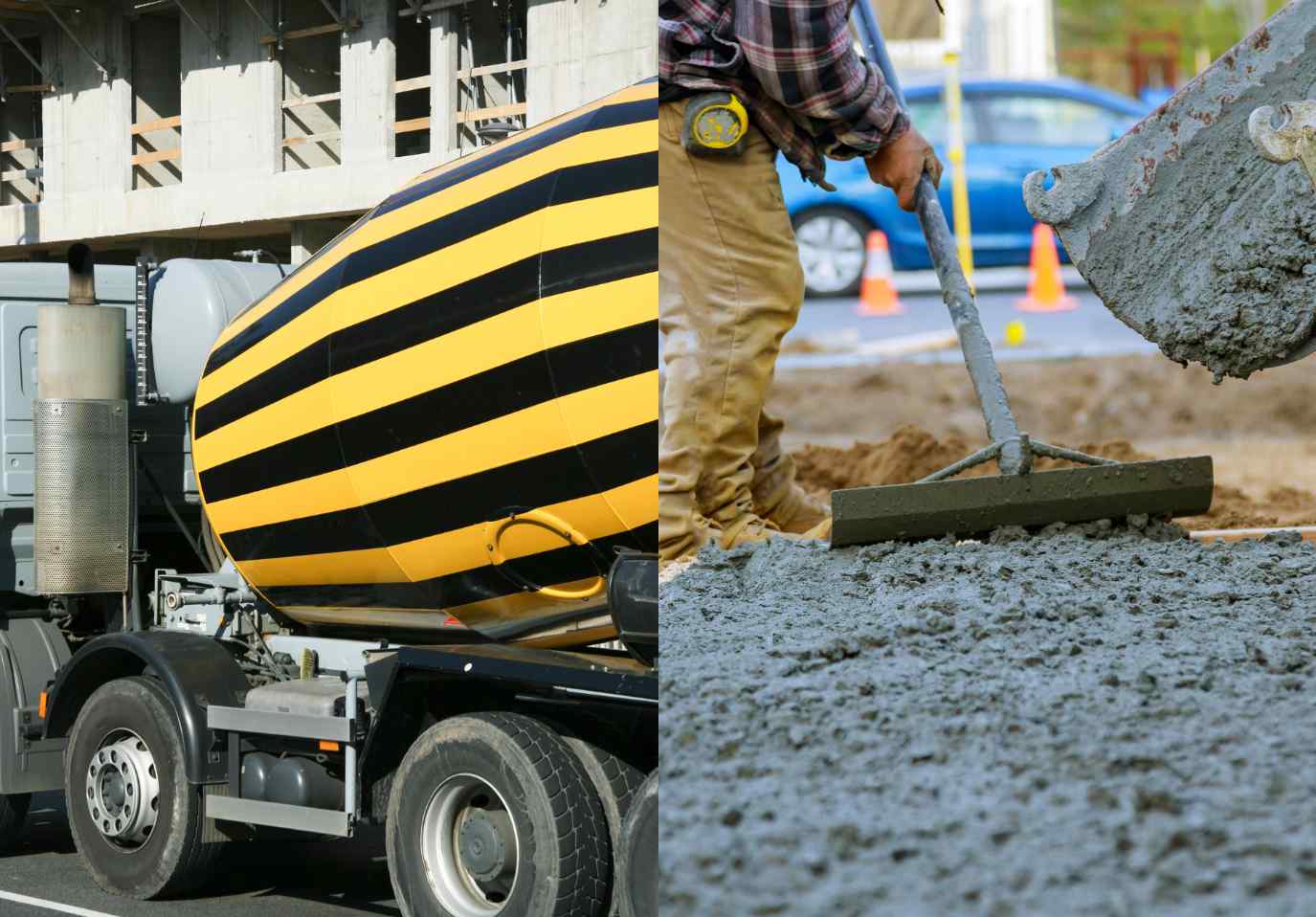
Voids must be eliminated by roding and vibrating the mix while placing. In the case of a reinforced road slab, the concrete is placed in two stages. In the first stage the concrete is filled and compacted up to a corresponding depth of the reinforcement layer and in the second stage the reinforcements are placed and the remaining depth of the layer is filled and compacted properly.
07 – Compacting the Concrete Slab – After placing the concrete slab enough tamper fitted with handles or heavy screed should be used to bring the layer in its proper position. It should retain its shape under any working conditions. Concrete can also be compacted by a power-driven finishing machine or by vibrating hand screeds and for greater depths, immersion vibrators are used.
08 – Floating– In order to provide an even surface free of corrugations throughout the pavement, the entire slab surface should be floated with wooden flat boards.
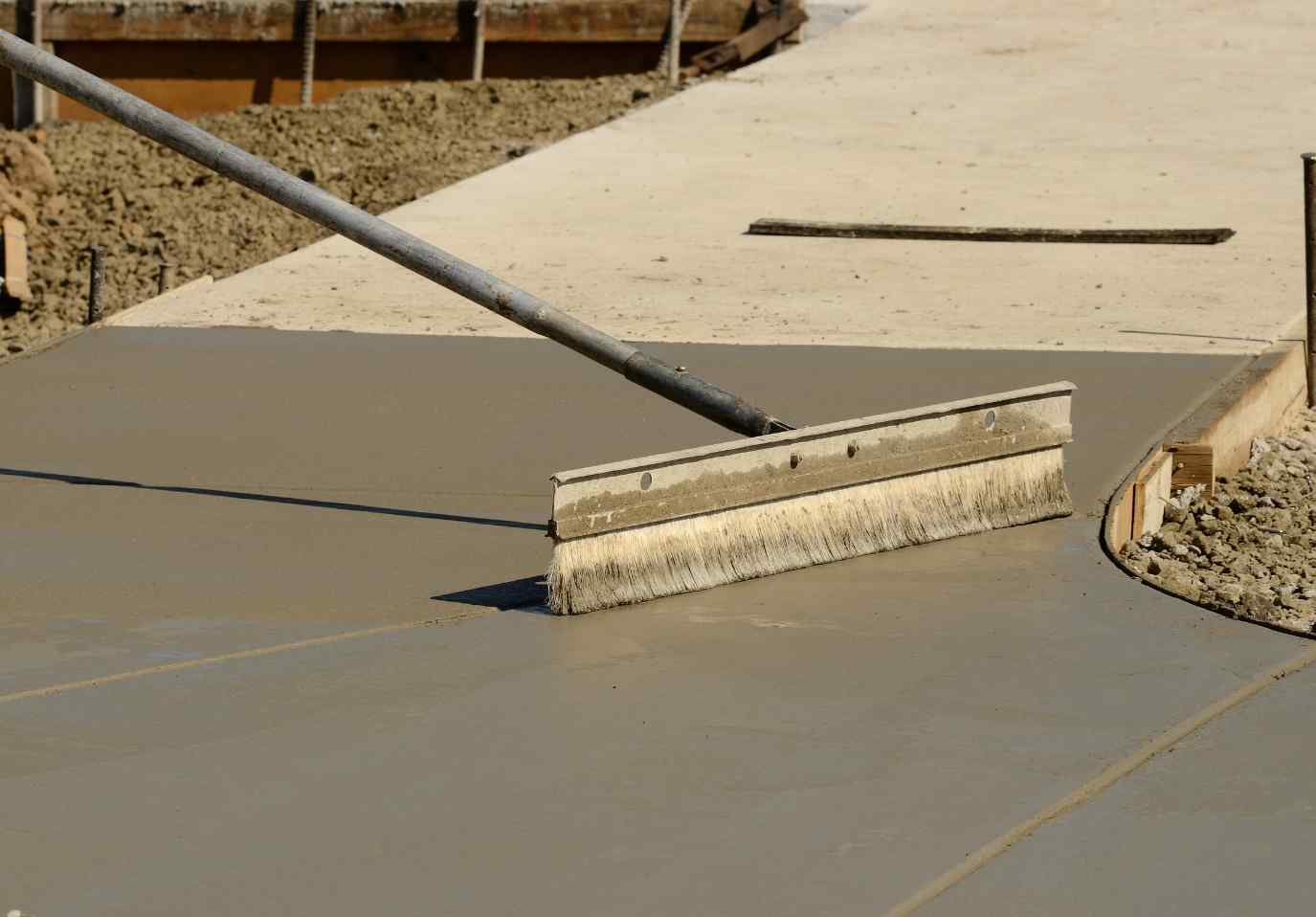
09 – Belting– To make the surface skid and slip resistant, belting is also done after floating just before the concrete hardens. Belting can be skipped and is not necessary every time.
10 – Brooming and Edging – The surface is broomed at right angles to the centre line of the road from edge to edge with drawing brushes. Edging is also done for finished edges on the sides of the road before the concrete sets.

11 – Curing – The concrete slab must be checked for loss of water regularly and must be kept moist during the hardening period. Initial curing is for 24 hours. The surface can be walked upon by this time and the wet mats are removed after this for final curing of 2-3 weeks. Final curing can be done by ponding or covering the slab with 4-8 m of wet sand/earth or by spraying chemicals such as sodium or calcium chloride on the surface.
12 – Open to traffic– After curing when the concrete slab attains the specified strength or after 28 days it is opened to traffic.
So, what are you waiting for? Power Up Your Construction with Powerplay today!!Request a Demo to learn more.
Share
Kumar is a digital content professional with more than 2 years of experience in Blog writing, copywriting and scripting. His passion lies in the art of creating convincing content that plays a major role in converting leads for SAAS businesses.





